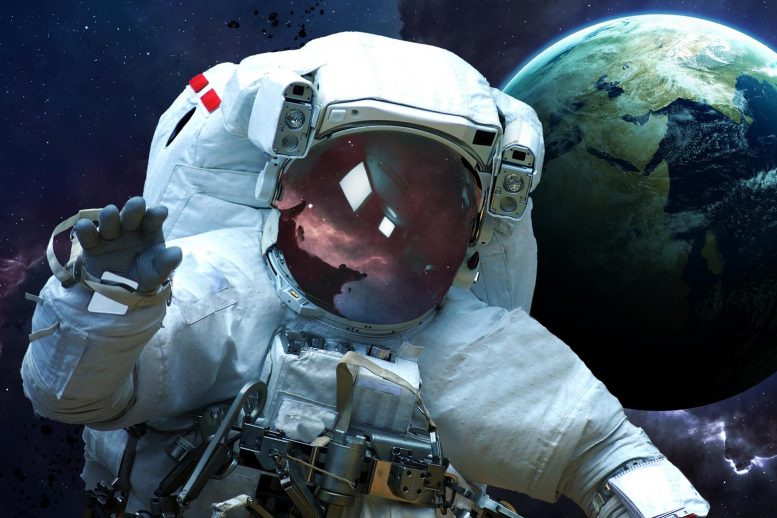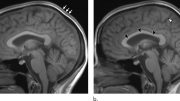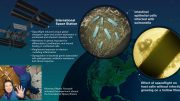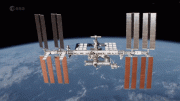
Spaceflight induces changes in the brain that may not normalize before subsequent flights, according to a study published in Scientific Reports. The study, which used MRI scans of 30 astronauts before and after spaceflight, revealed that the brain’s ventricles—cavities filled with cerebrospinal fluid—expand progressively with longer space missions of up to six months.
A study reveals that spaceflight, especially longer missions with shorter recovery periods, leads to brain fluid changes that may persist before the next mission. Astronauts need approximately three years for the brain’s ventricles to recover fully, providing valuable guidance for future space mission planning.
Spaceflight experience, in particular longer missions and shorter inter-mission recovery time, induce fluid changes in the brain that may not return to normal before subsequent flights, reports a study published in Scientific Reports. Ventricles — cavities in the brain filled with cerebrospinal fluid — expand increasingly with longer spaceflight missions of up to six months, and inter-mission intervals of less than three years may not allow sufficient time for the ventricles to fully recover.
Spaceflight induces widespread changes in the human brain including ventricle volume expansion, but it is unclear if these changes differ with varying mission duration or the number of previous spaceflight missions. Rachael Seidler and colleagues scanned the brains of 30 astronauts using MRI, pre- and post-spaceflight, including those on two-week missions (eight astronauts), six-month missions (18 astronauts) and longer (four astronauts). They found that longer spaceflight missions resulted in greater ventricular enlargement, which tapered off after six months in space.
The authors found that for 11 astronauts who had more than three years to recover in between missions, there was an associated increase in ventricle volume after their most recent mission. However, the authors found that in seven astronauts who had a shorter recovery time in between missions there was little to no enlargement of the ventricles post-flight compared to pre-flight. They propose that less than three years between spaceflights may not be enough time to allow ventricles to recover their compensatory capacity to accommodate the increase in intracranial fluid and they remain enlarged when the astronauts return to space within this time frame.
As spaceflight becomes more frequent and of longer duration, the findings provide insight into how spaceflight experience, both previous and current, may influence brain changes. The authors conclude that their findings can help to improve guidance for future mission planning.
Reference: “Impacts of Spaceflight Experience on Human Brain Structure” by Heather R. McGregor, Kathleen E. Hupfeld, Ofer Pasternak, Nichole E. Beltran, Yiri E. De Dios, Jacob J. Bloomberg, Scott J. Wood, Ajitkumar P. Mulavara, Roy F. Riascos, Patricia A. Reuter-Lorenz and Rachael D. Seidler, 8 June 2023, Scientific Reports.
DOI: 10.1038/s41598-023-33331-8









Once again poor journalism. It’s not space travel, that causes this, it’s weightlessness. There’s no reason we can’t build spinning space habitats and provide gravity up in orbit or on interplanetary or interstellar travel. In fact this whole bowi-esque, “Sitting int a Tin Can” to be in space mentality is straight out of the 1950’s. It’s time to redesign the entire concept.